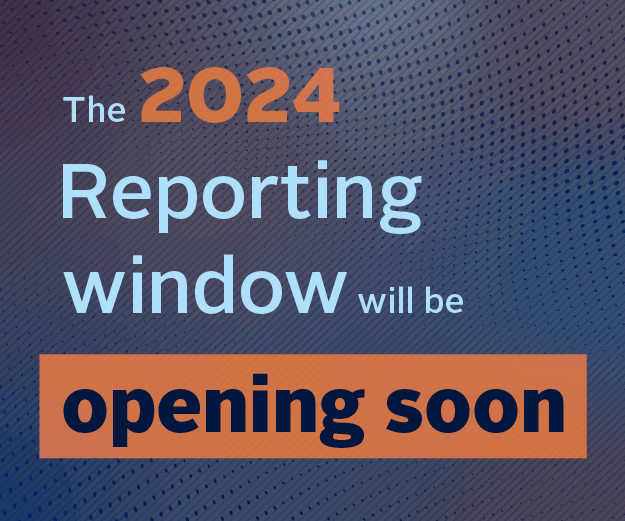Methane management is a key strategic challenge for oil and gas companies (See Table 1). Investors will read the strategy section of a TCFD report to understand how methane-related risks and opportunities impact its business, and how met hane mitigation is integrated into the company’s shortand long-term strategies.
A complete response to the TCFD would include methane-specific discussions under the following areas:
a) Describe the climate-related risks and opportunities the organization has identified over the short, medium and long term
A company can highlight methane-related issues in its discussion of overall climate-related risks and opportunities. While these risks and opportunities will vary by company, most will fall under the categories defined in Table 1.
- How does the company consider methane risks and opportunities over differing time horizons? How does the company define short-, medium- and long-term?
- How does the company determine the financial impact methane risks and opportunities could have on the organization?
- Describe the methane risks and opportunities identified by the company
b) Describe the impact of climate-related risks and opportunities on the organization’s businesses, strategy and financial planning
In this section, investors will seek to understand how climate change considerations impact a company’s financial planning and strategy. Notably, these sections should be supported by relevant metrics, like emissions figures, expenditures and investments. While methane can be implicated in many aspects of the strategic planning process for oil and gas companies, it is likely to be particularly material in the following areas:
- How are methane emissions factored into business and strategy planning? Disclosure around methane emissions may include its impact on:
- Products and services - What extent is the company shifting towards natural gas in response to market and climate dynamics? How do fugitive methane emissions impact that strategy?
- Value chain - How is t he company taking steps to engage with its midstream and downstream peers to reduce emissions?
- Policy engagement - Has the company taken steps to engage with policymakers on methane emissions, either directly or via industry groups? How does that fit into the company’s strategy when considering methane risk at the industry level?
- Adaptation and mitigation activities - How does the company plan to deploy methane emission reducing technologies for both new and existing facilities?
- Investment in research and development - How does the company approach research and development regarding methane emissionreducing technologies? What voluntary initiatives, investments or technology chal lenges does the company participate in?
- Operations - How do potent ial methane emissions factor into company decisions on locations and activities of facilities?
- How does methane management serve as an input into the company’s financial planning process? What time periods are used? How are methane risks and opportunities prioritized in financial planning? Disclosure surrounding methane may include its impact on:
- Capital expenditures and capital allocation - Describe the process by which methane emission mitigation efforts compete for capital with other opportunities. Is a price on carbon, lower discount rate (given methane’s high nearterm impact) or other modeled externality used to more accurately reflect the full economic value of methane reduction, or do methane projects need to compete on equal terms with other capital opportunities? How does this capital expenditure plan support the company’s methane management goals?
- Acquisitions or divestments - How are methane emissions considered in due diligence for acquisitions? For existing facilities, how is methane mitigation incorporated into the operation, maintenance, retrofit and retirement of legacy facilities?
- Access to capital - How does the company factor investor demand for low-carbon investment when deploying capital towards methane emission reducing opportunities?
c) Describe the resilience of the organization’s strategy, taking into consideration different climaterelated scenarios, including a 2°C or lower scenario
As companies go through the two-degree scenario analysis process suggested by the TCFD, it will be important for them to consider sensitivities around methane emission mitigation and how that impacts considerations around total carbon budgets. Research by former Southwestern Energy executive Mark Boling has shown that aggressive methane emission mitigation can materially reduce the risk of asset stranding in the oil and gas sector by expanding the available carbon budget for use of its products. Companies may find that adjusting such sensitivities provides an even stronger rationale for investing in methane emission mitigation than the base economics would suggest, giving the company an opportunity to report how such analysis influences strategy and decision-making. In addition to the scenario analysis process, investors will look to see how the exercise informs strategy decisions.
- What is the company’s overall approach to incorporating methane emissions into scenario analysis?
- What underlying assumptions around methane emissions does the company use in its scenario analysis?
- How has the company considered methane sensitivity in its scenario analysis in terms of its own emissions, and those downstream (and upstream, where applicable) of its operations?
- How does methane sensitivity change as the company looks at scenarios over different time horizons?
- How did conducting scenario analysis impact the company’s approach to methane management? How does the company use scenario analysis to inform business decisions, strategy and financial planning?
References
Implementing TCFD recommendations for oil and gas methane disclosure
- 1
- 2
- 3Currently reading
Strategy
- 4
- 5
- 6
- 7
- 8














